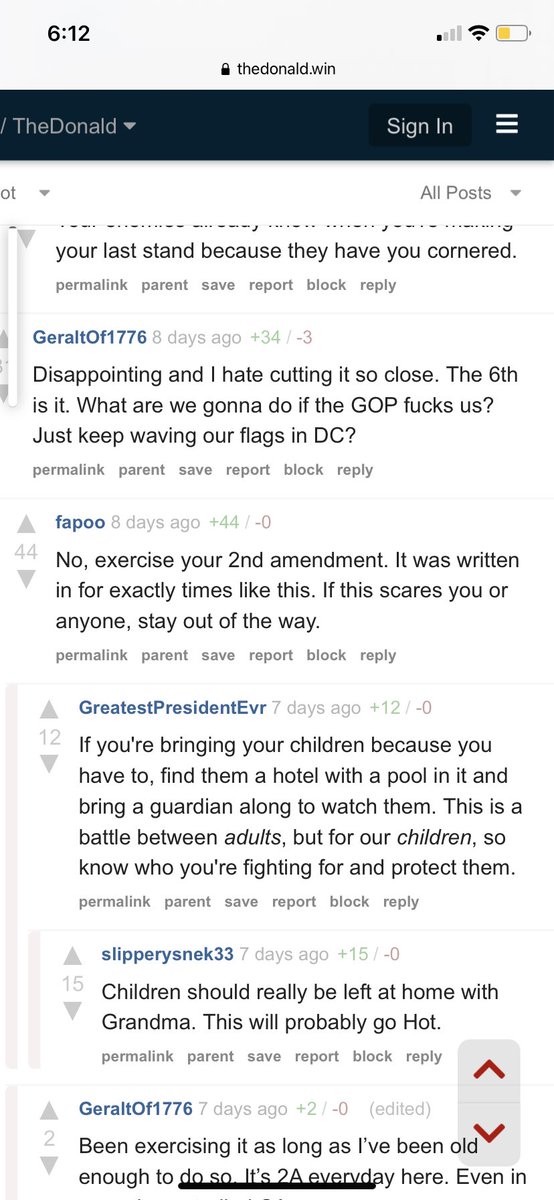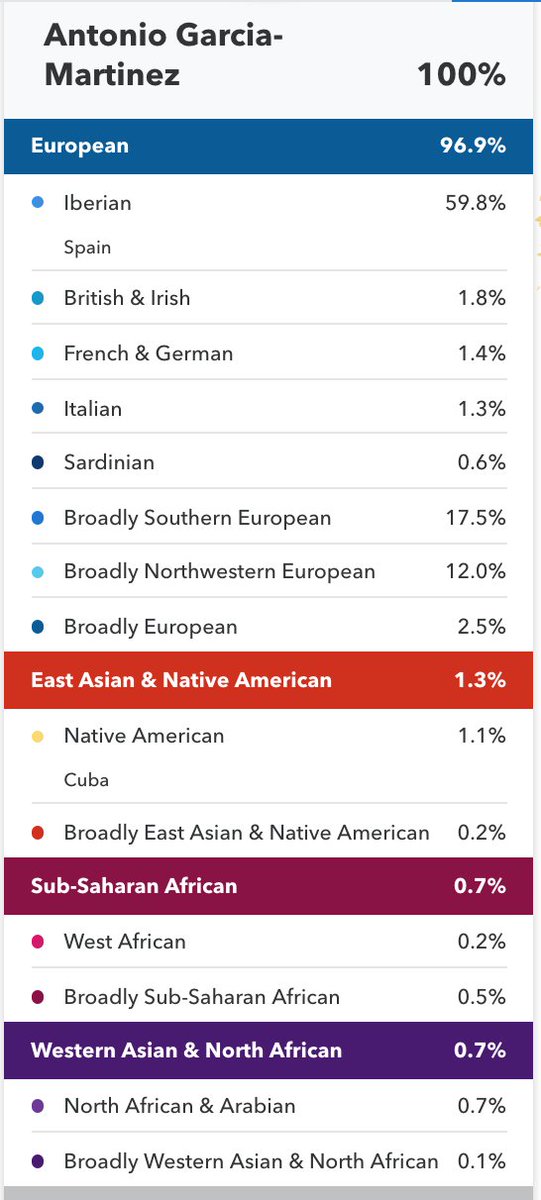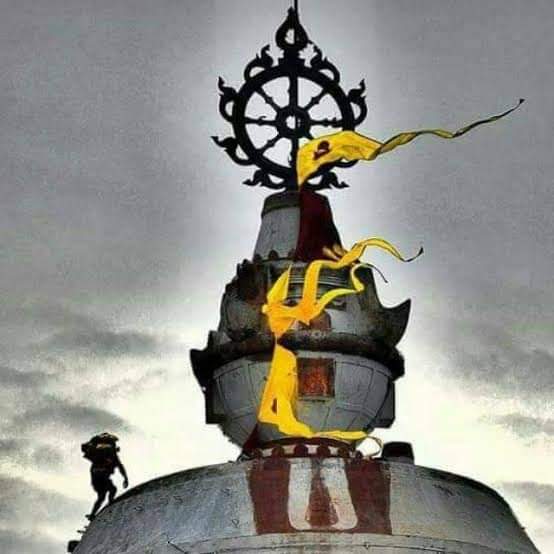Yes and no. This was a #StochasticCoup. We’ll see little evidence of direct communication between Trump and the insurrectionists.
In regards to the #CapitolCoup, I’m in a unique position. I monitored forums ahead of time and then was present for the coup itself.
These are my observations based on what I saw and the evidence that’s been collected so far. I reserve the right to adjust my analysis as needed.
Yes and no. This was a #StochasticCoup. We’ll see little evidence of direct communication between Trump and the insurrectionists.
Rather, there were a number of smaller groups working independently towards the same goal. I expect you’ll see little evidence that these various groups communicated with each other.
Then there were the joyriders, those Trump supporters who weren’t directly involved in any plotting but who were more than happy to go along for the ride once the coup was in motion.
Every tweet and statement of his was treated as marching orders and carefully dissected for meaning.
It’s why shutting down Trump’s Twitter account was so important.
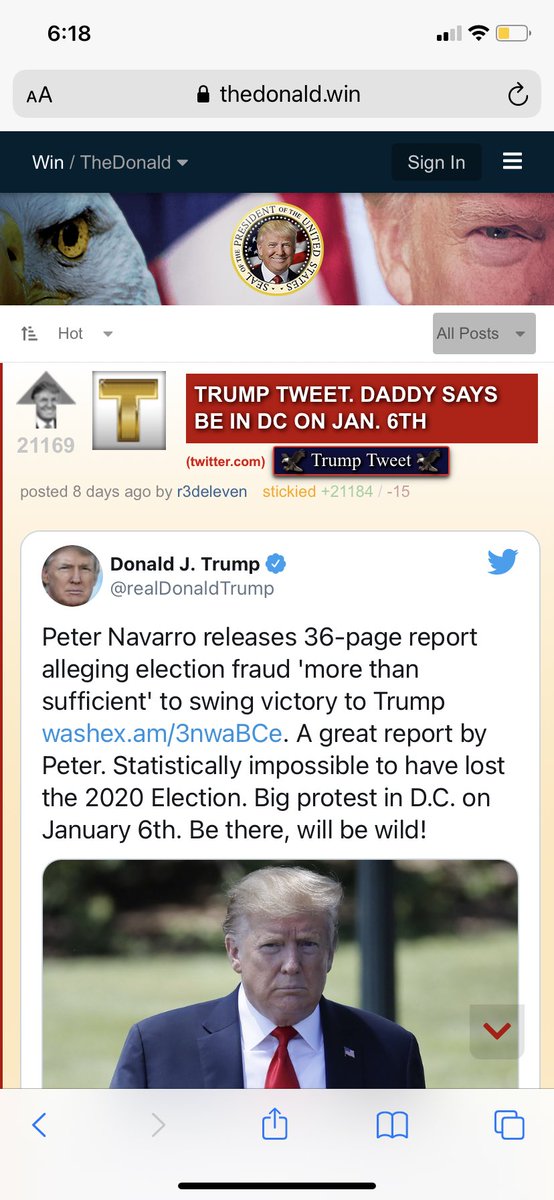
This is stochastic terrorism in action.
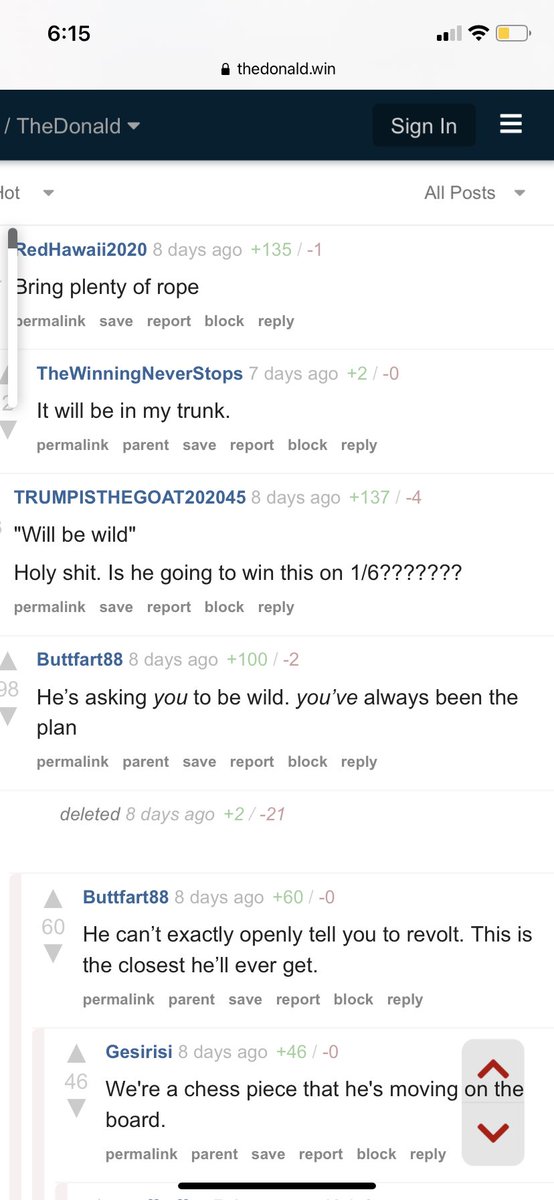
There were a number of “spicy memes” that served to reinforce Trump’s messaging.

https://t.co/EaLimm9SEW
I think there may have been one or two exceptions to this which I’ll go into later.
There doesn’t seem to have been a plan. Rather, there were a series of competing plans, notions, and ideas.
The first one was the idea of a siege. Surround Congress and don’t let them leave until they’ve certified Trump as the winner.
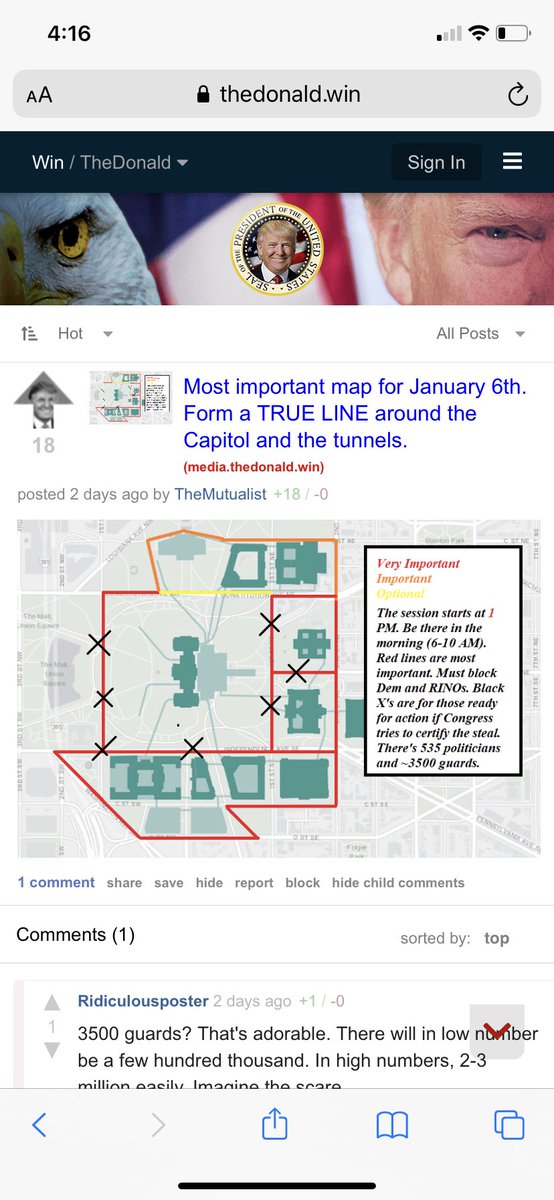
No one takes time out of their busy day to write an apology letter to the Folger Shakespeare Library just for funsies.
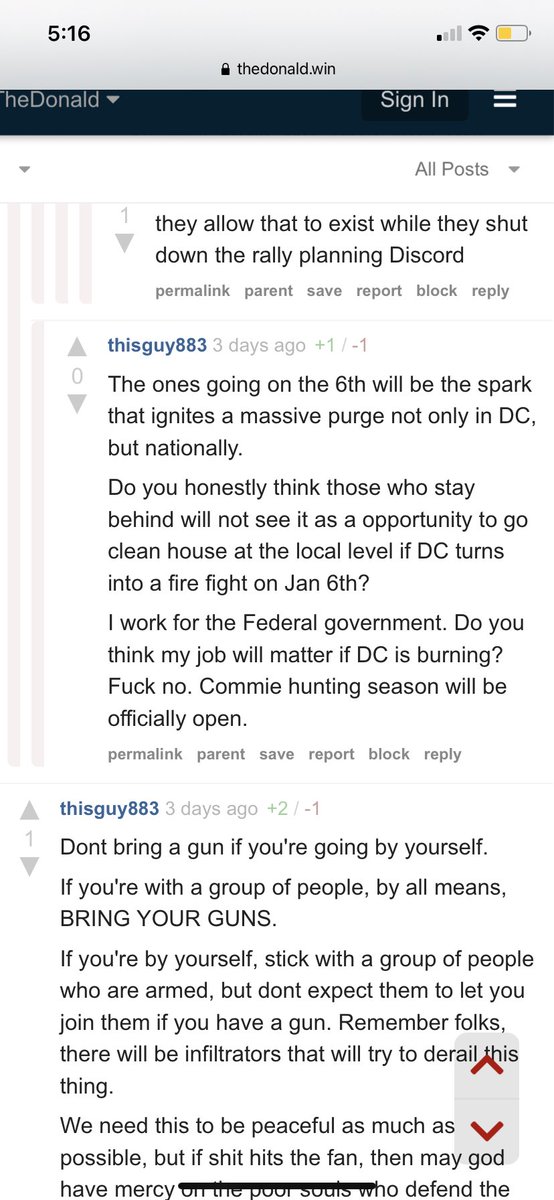
Note the last screenshot also makes a request that anyone who works at the Capitol leave a gate open on 1/6.

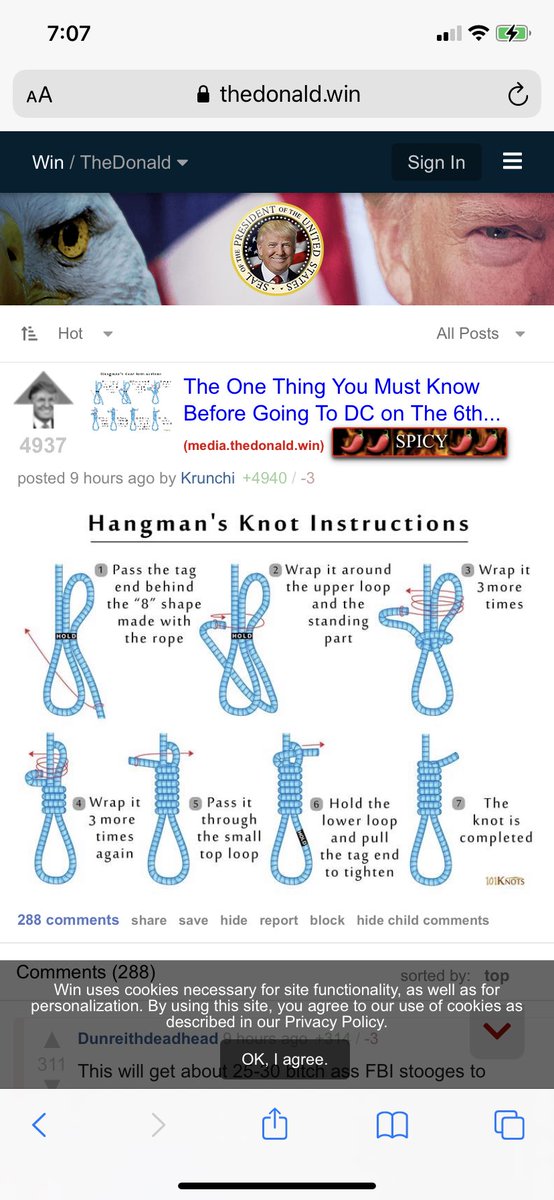
Believing in conspiracy theories forces you to accept logic gaps, which likely led to the coup plotters not being able to spot the gaping holes in their plans to get Trump certified as the winner.
And remember, that was the goal.


